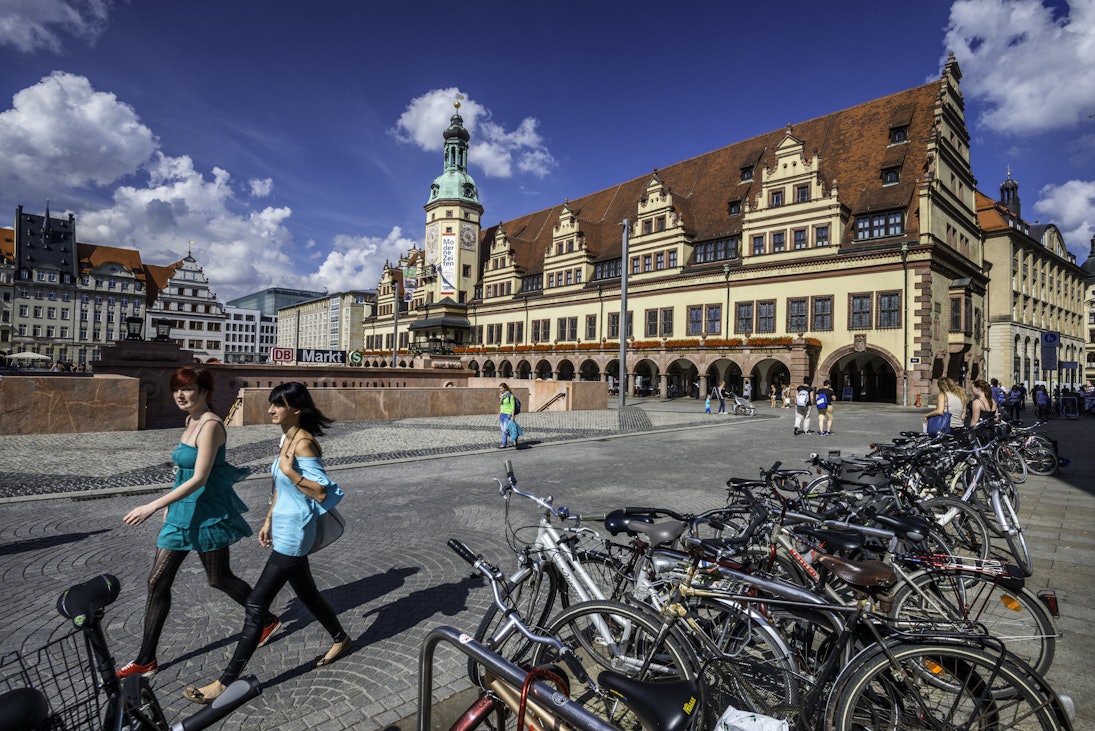
Overview
'Hypezig!' cry the papers, 'the New Berlin', says just about everybody. Yes, Leipzig is Saxony's coolest city, a playground for nomadic young creatives who have been displaced by the fast-gentrifying German capital, but it's also a city of enormous history, a trade-fair centre and solidly in the sights of music lovers due to its intrinsic connection to the lives and work of Bach, Mendelssohn and Wagner.
Leave the planning to a local expert
Experience the real Leipzig. Let a local expert handle the planning for you.
Must-see attractions
Planning Tools
Expert guidance to help you plan your trip
Best Things to Do
Saxony has the most distinctive identity of all of Germany's diverse regions. Here are the top things to do in this historic corner of eastern Germany.
Read full article










